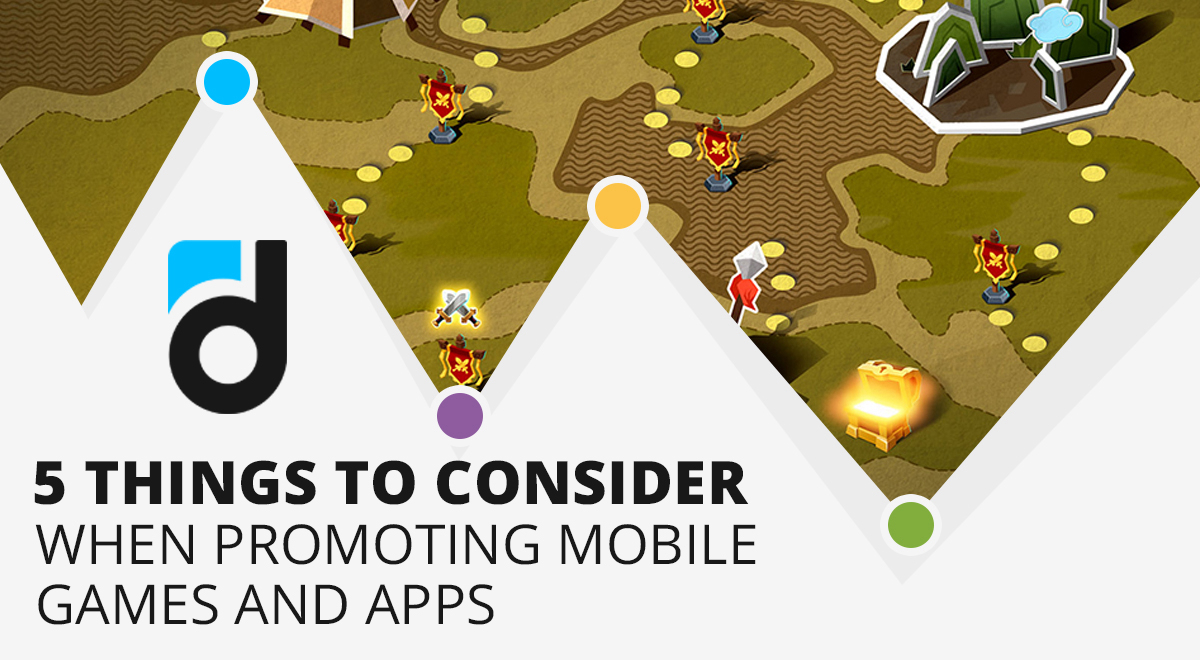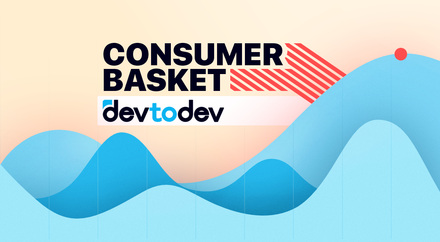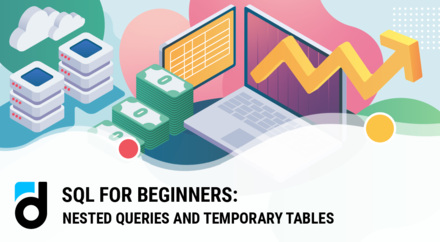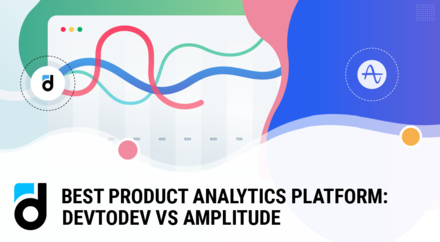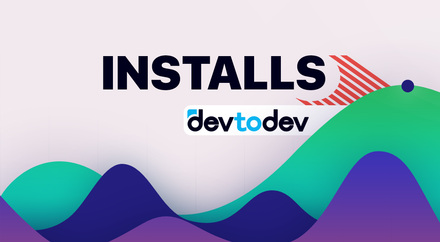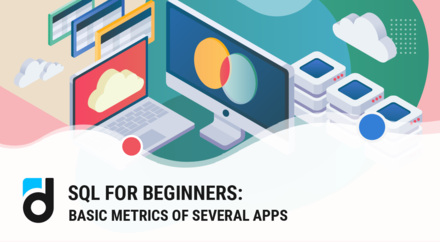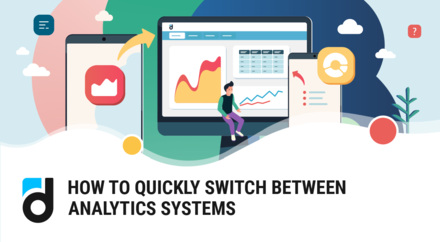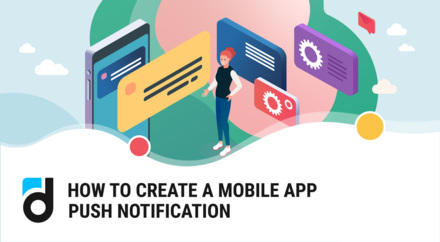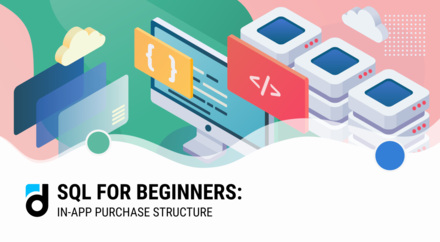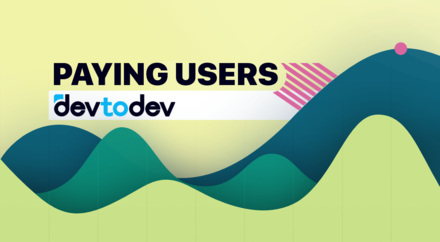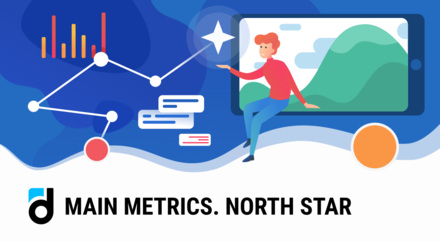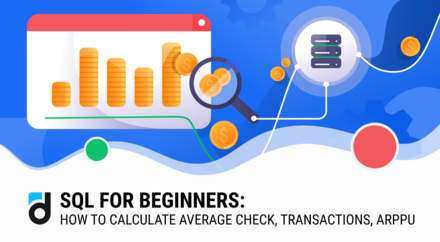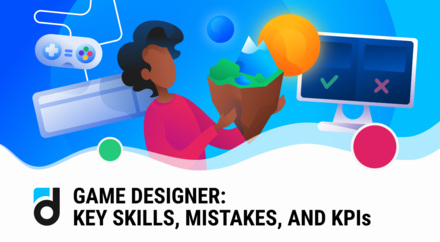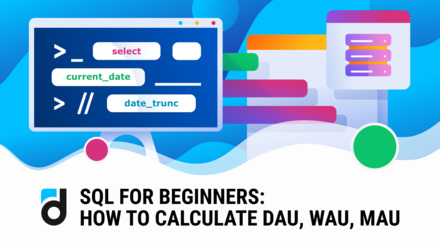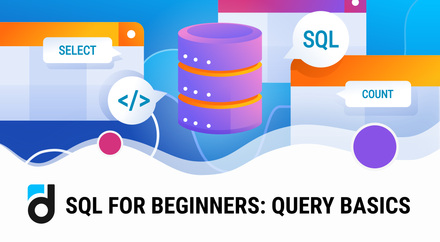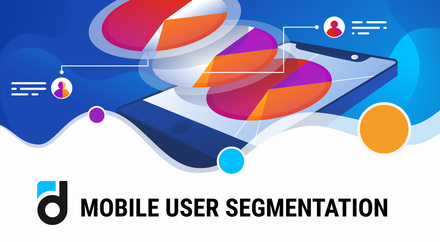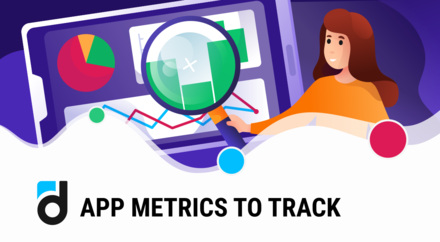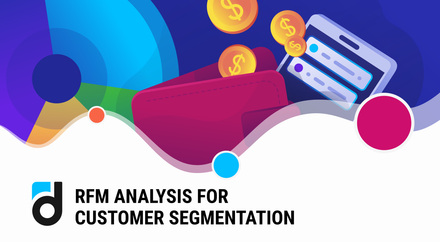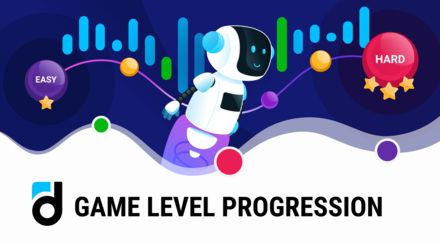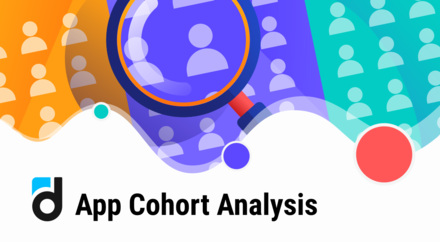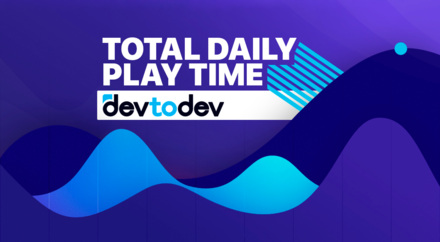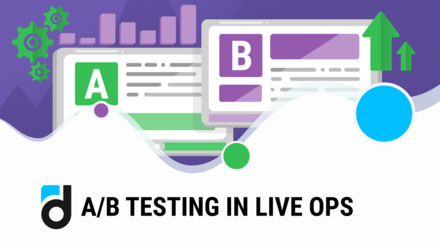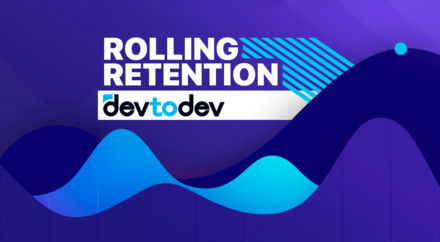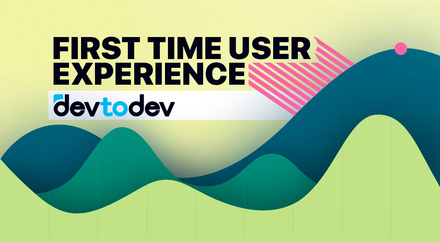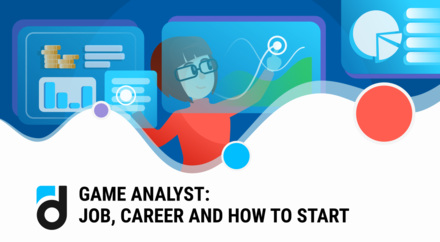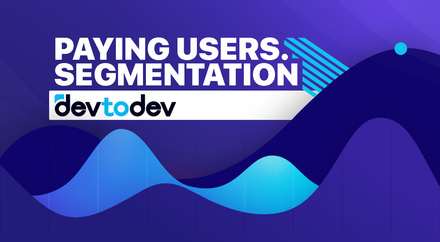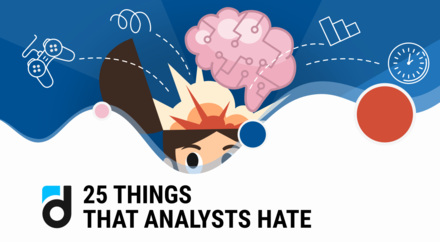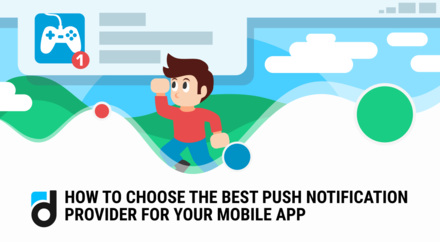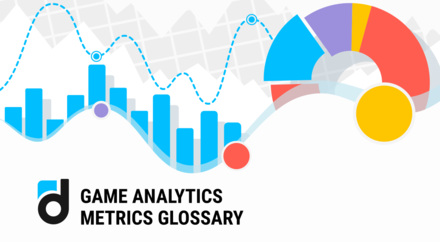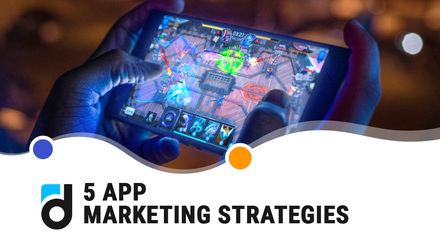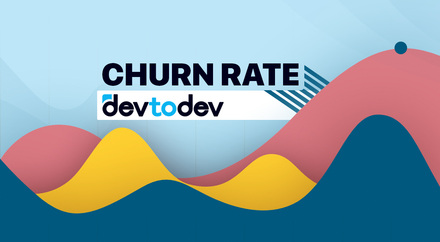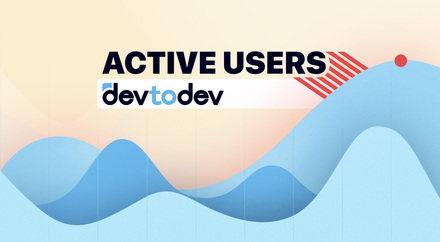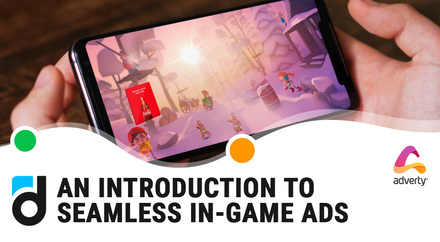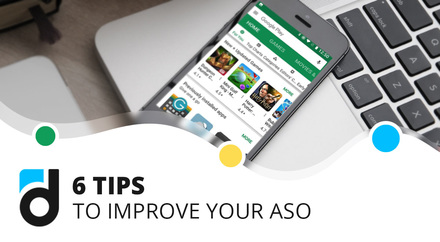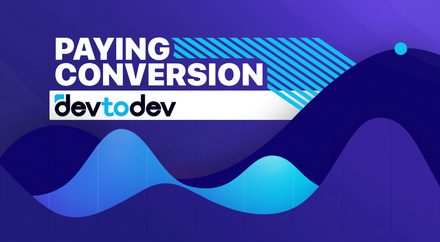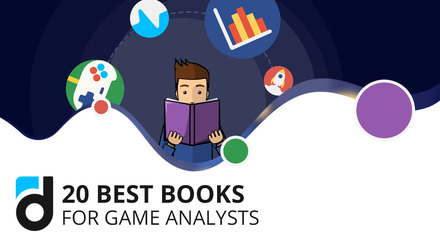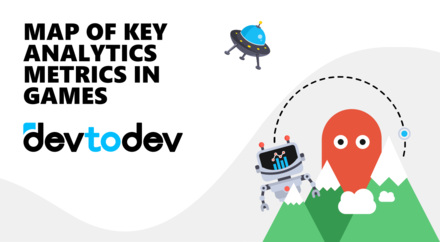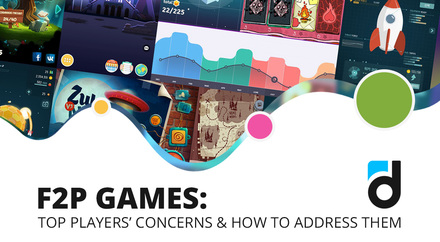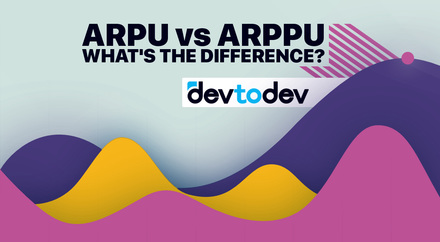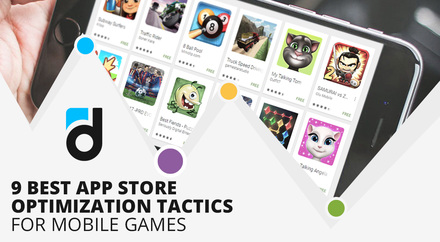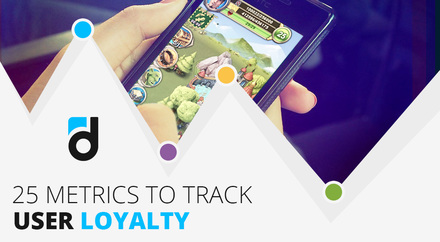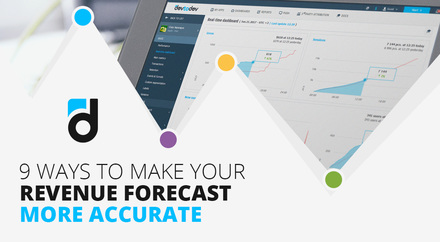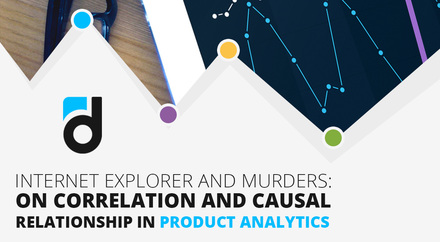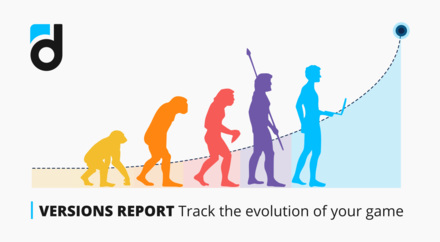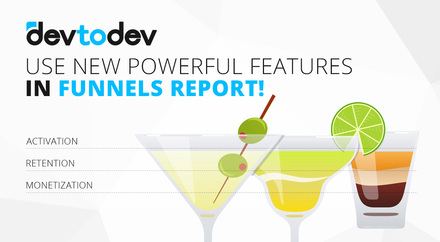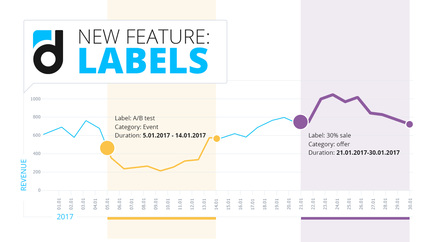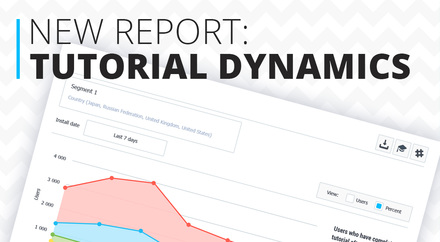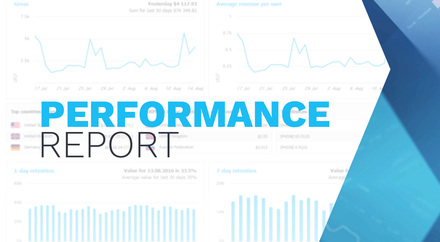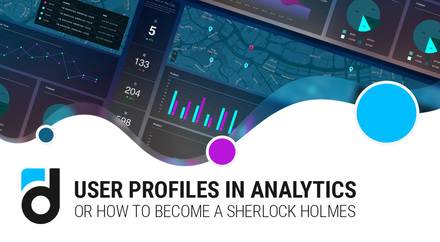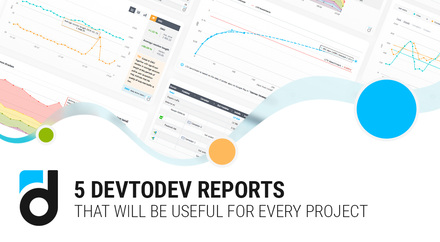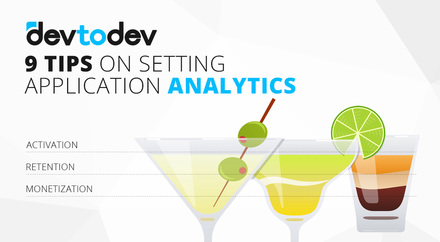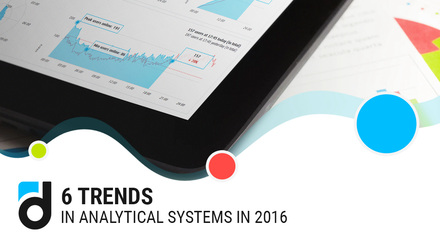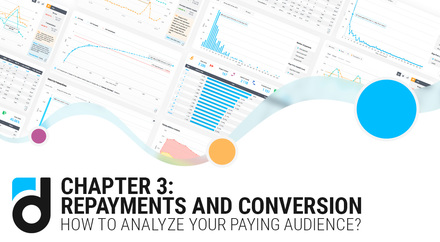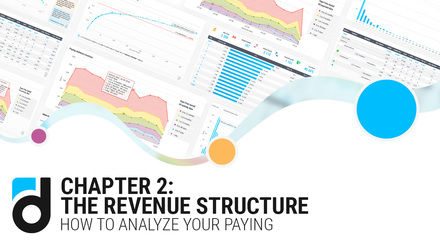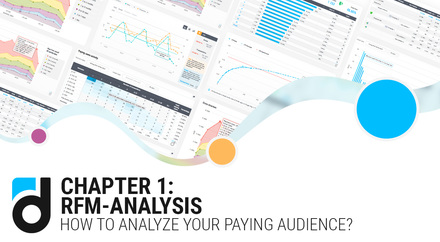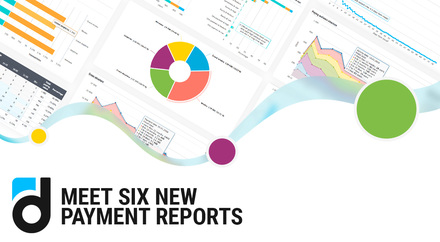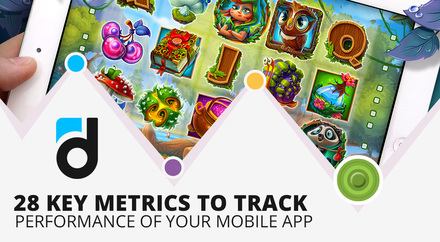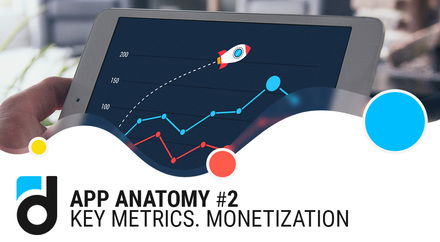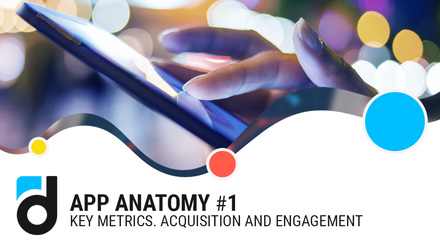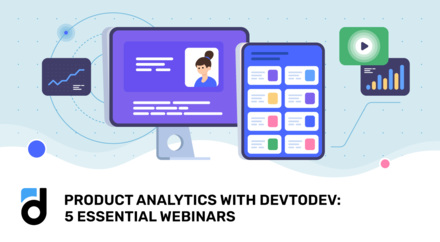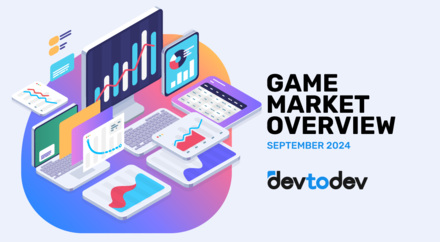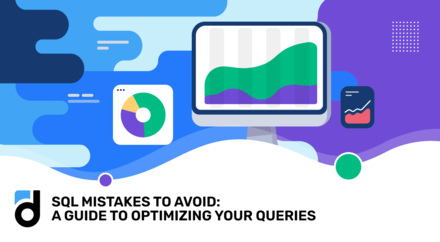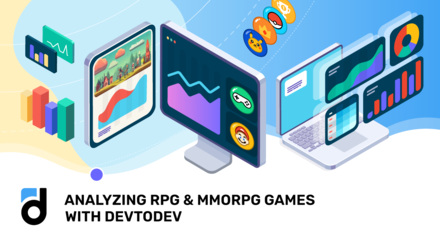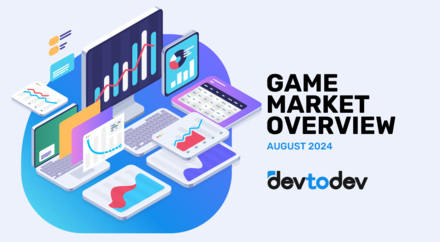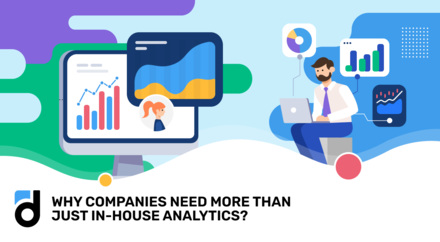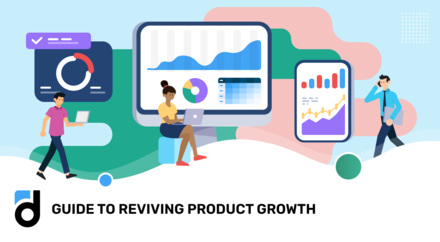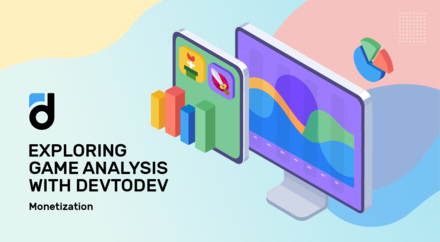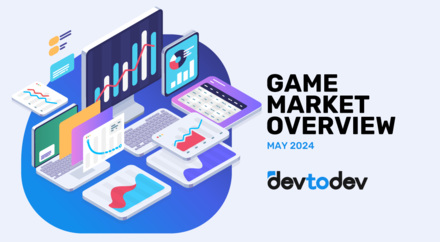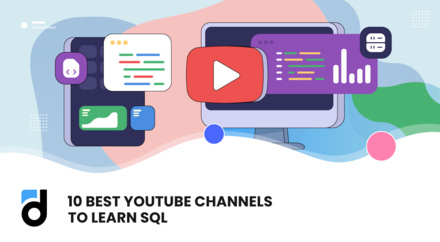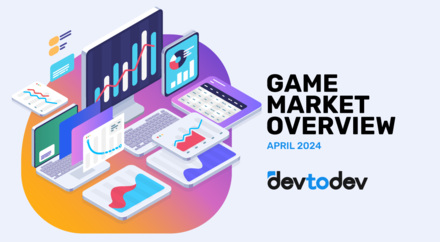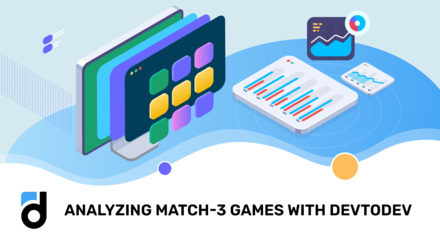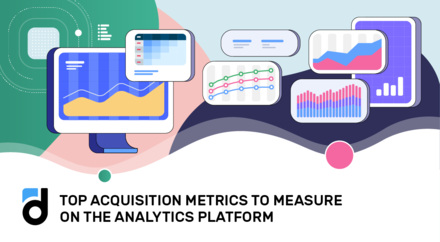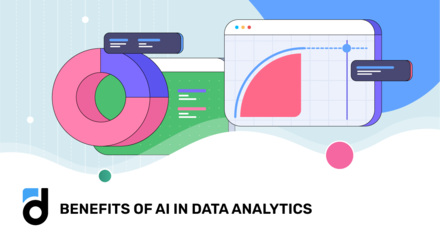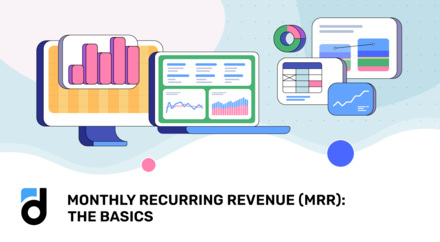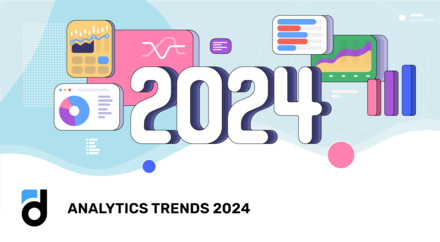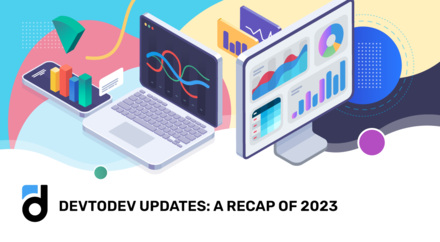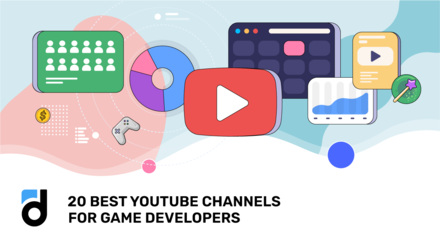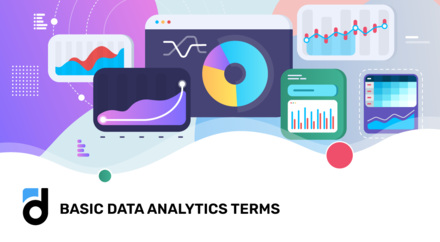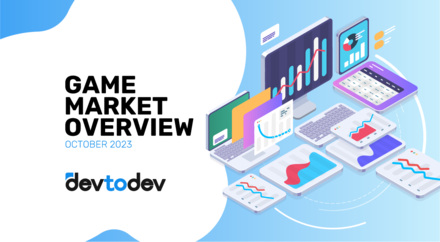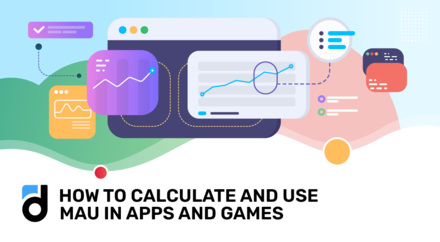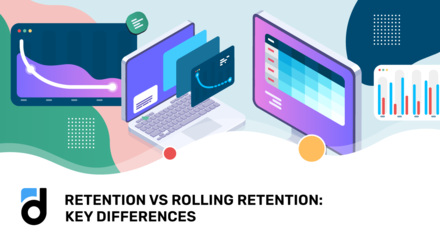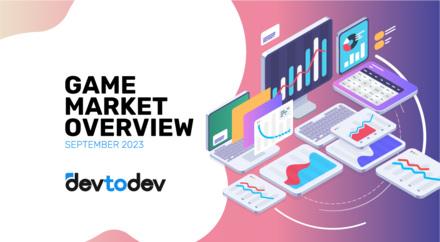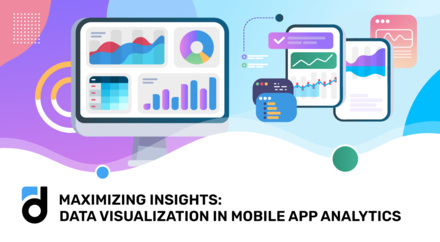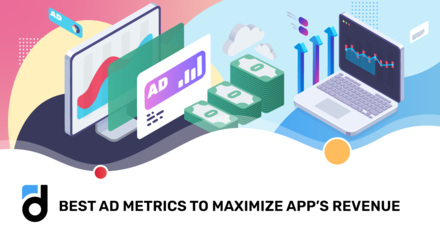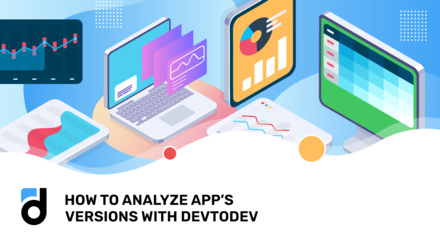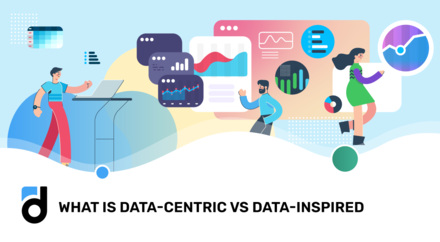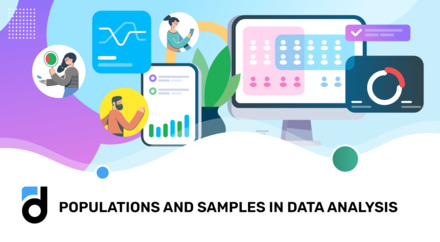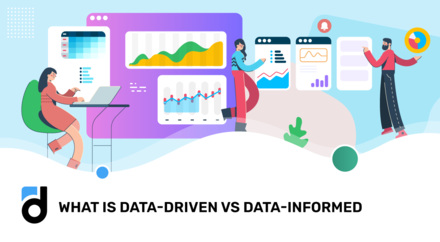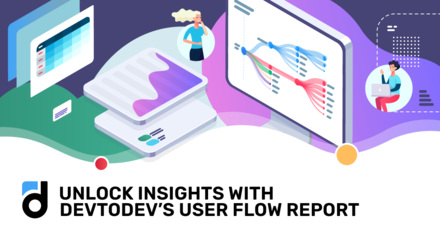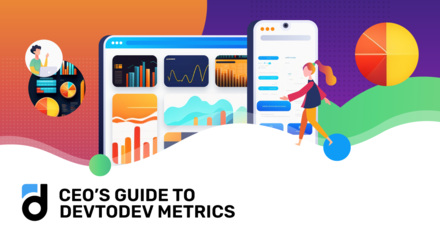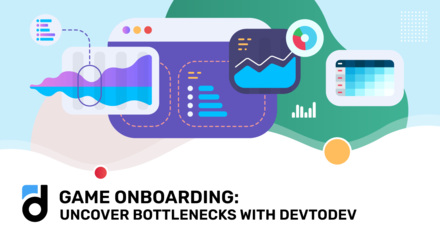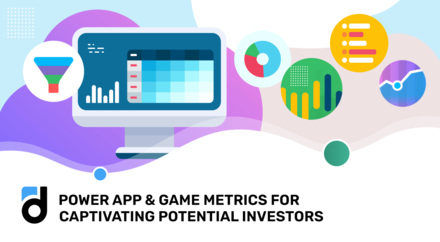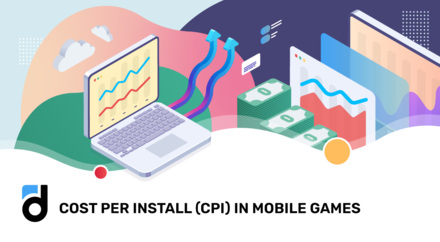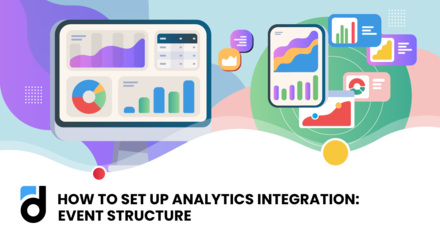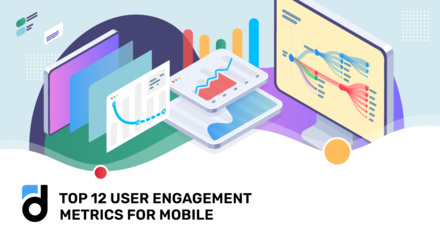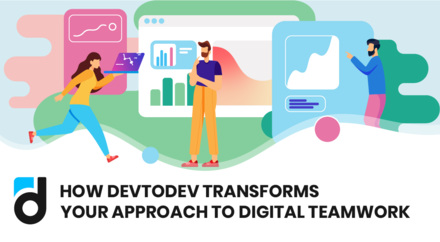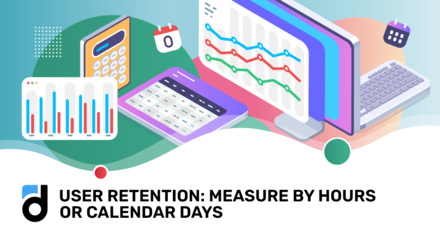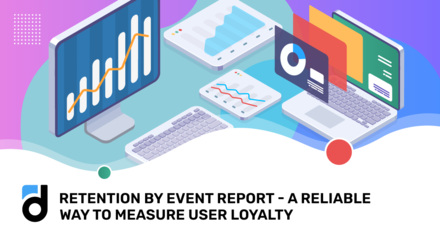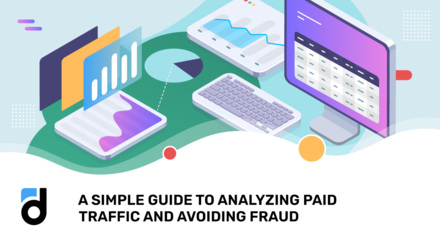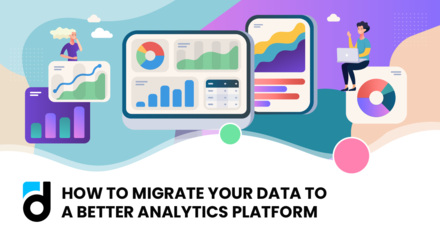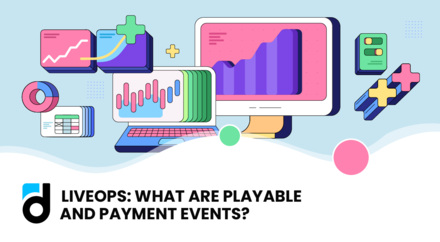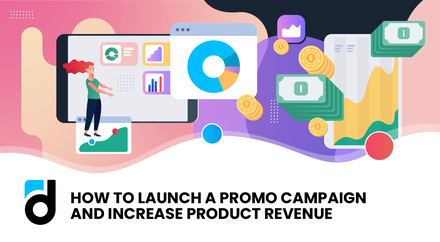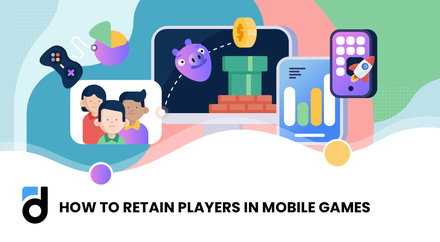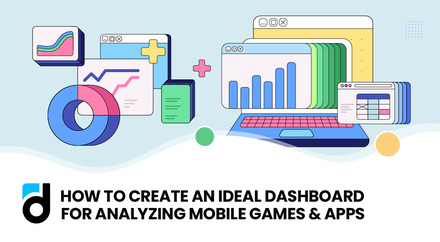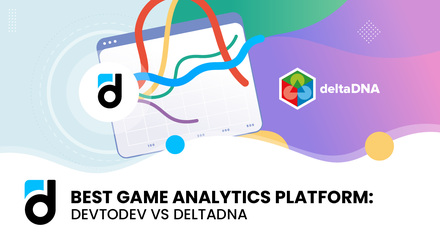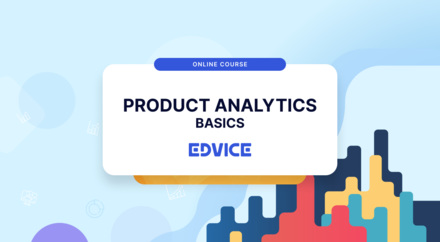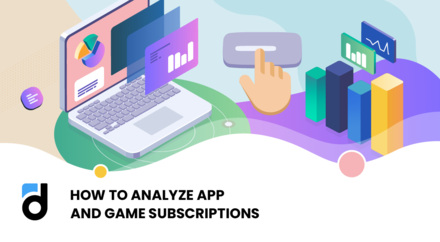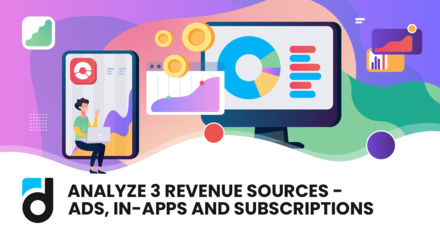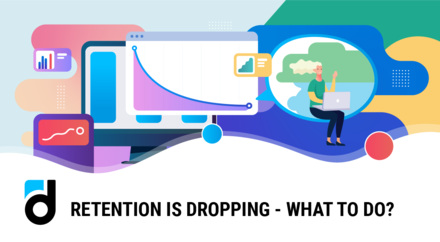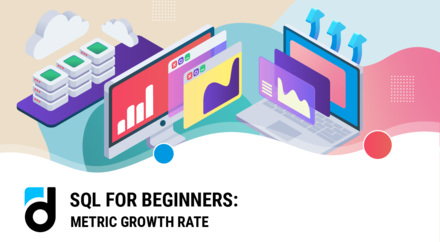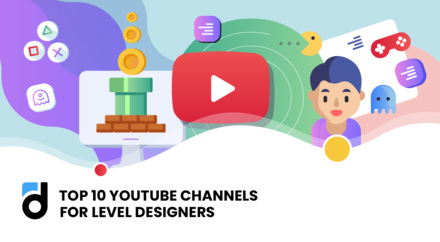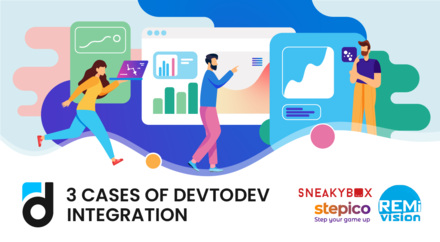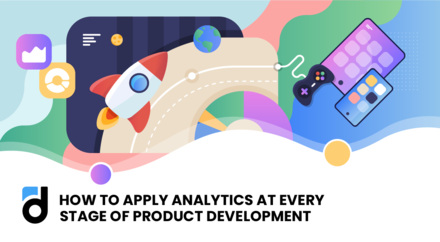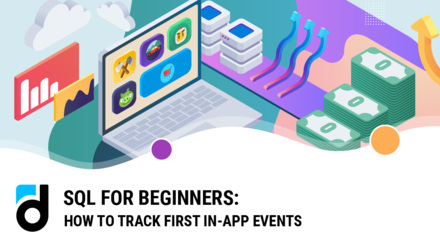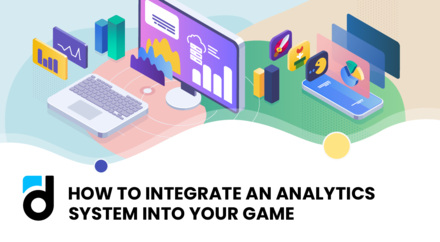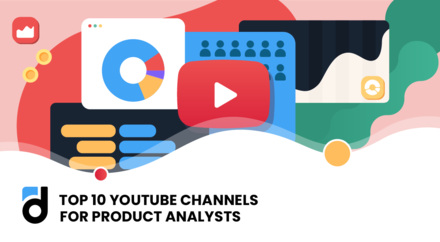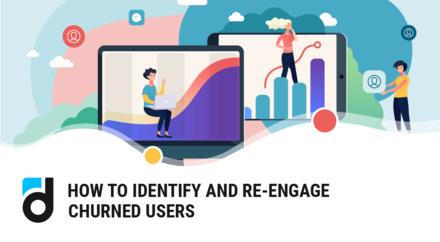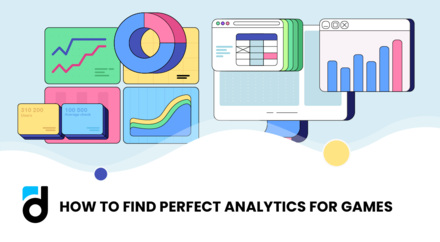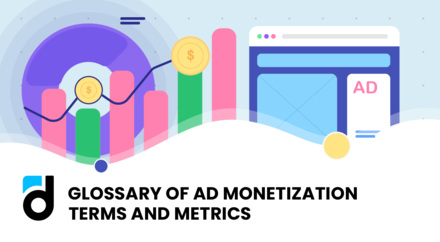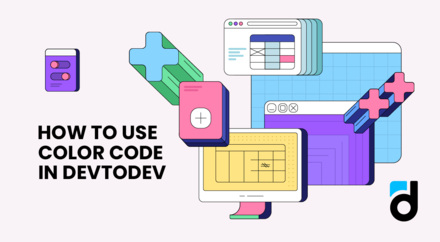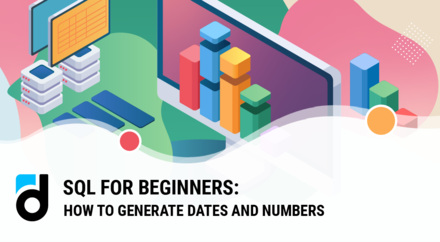If you plan to begin your adventure with promoting mobile apps or games in 2018, you might be terrified by the number of apps you will be competing with for the likes of the users. This comes in pair with hundreds of tools connected to data analytics, App Store Optimization, and attribution.
You would like to introduce a new mobile app or game to the market, but you do not know which country to begin with, which sources to use when acquiring users, and which tools to implement in your app.
Lawyers say that agreements with clients are prepared for war, not peace. Mobile app marketing works similarly.
The way you prepare for your promotional campaign will be reflected by said campaign’s results, and by the number of users who will download and use your mobile app or game.
The text below presents 5 things to consider before starting a promotional campaign.
Read more: How to Integrate an Analytics System into your Game
The Country you Plan on Promoting your Mobile App in
If your game is directed to the local market, this problem “practically” does not exist. We say “practically” because it could turn out that the local market is too small for your game, and that the users in your market are not likely to monetize it. In such case, you will also have to open up to other markets.
There are three stages to launching an app or a game:
-
Pre-launch (the stage in which your mobile app is not yet in the App Store or Google Play Store)
-
Launch (the stage in which the mobile app is published in the market and needs help with user acquisition)
-
Post-launch (when the mobile app or game has been in the store(s) for over 2 months)
As part of the launch stage, we recommend the client a so-called soft launch.
What is a Soft Launch?
In short, a mobile app soft launch is introducing the mobile app to a maximum of 2-4 markets that are economically, culturally, and linguistically similar to the target market. A Soft Launch attempts to test a market “similar” in terms of conversion, monetization, and user behavior before scaling the app globally. It allows for perfecting the product and more consciously introducing the app to the target market.
If you plan on introducing a mobile app to the American market, you can initiate your soft launch in countries such as Ireland, Finland, Sweden, Denmark, Australia or New Zealand, where users have very good English skills.
Of course, before the soft launch, you will have to conduct an analysis of the competition and examine how your competitors introduced their mobile apps to the market and in which countries they obtained the largest number of users.
The biggest players among mobile game developers also use the soft launch strategy, introducing the games and apps gradually to individual markets.
As an example, FoxNext, a developer, recently introduced a game called Marvel Strike Force to iOS starting from Canada and New Zealand, while Bandai Namco published Cartoon Squad (iOS) in Denmark, Ireland, Norway, and Sweden.
Read more: How to Analyze App and Game Subscriptions
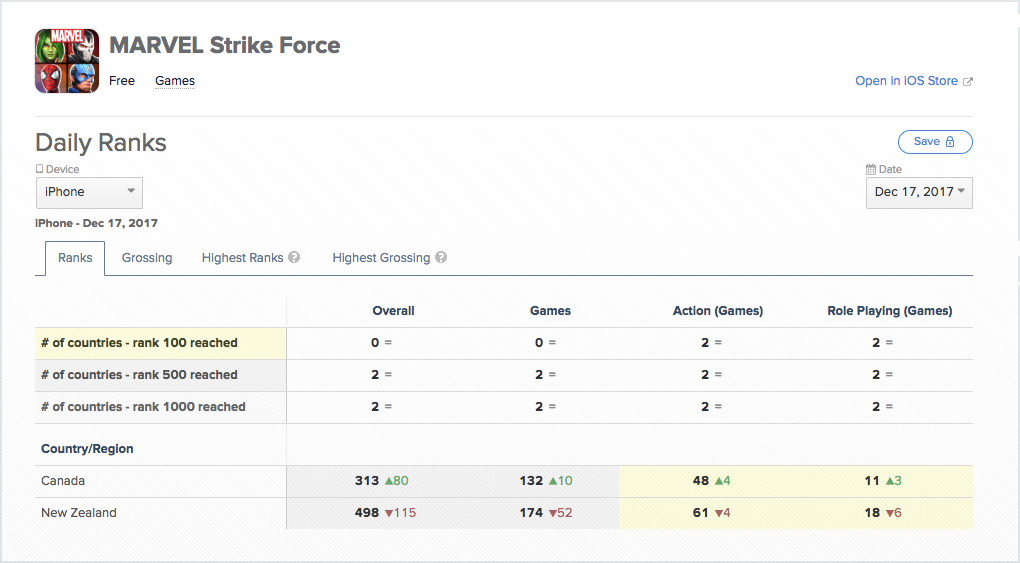
If you plan on introducing a mobile app in a Soft Launch, you should focus on no more than 5 sources of users.
App Store Optimization (ASO) in the Local Language of a Given Market
In 2017, a description of the mobile app and screenshots with writing in your mother tongue are not enough for a foreign market.
If you are targeting your app to the German market, you should prepare a title, keywords, app description and screenshots with writing in German.
The location of the app in a given market is very important, as it influences both the number of users who explore your app in the stores and the number of downloads.
Preparing versions of the mobile app in languages dedicated to each and every user is pointless, but the location of App Store Optimization is greatly advised.
If you want to see how your competitor’s app looks in other languages, change the language suffix in the address.
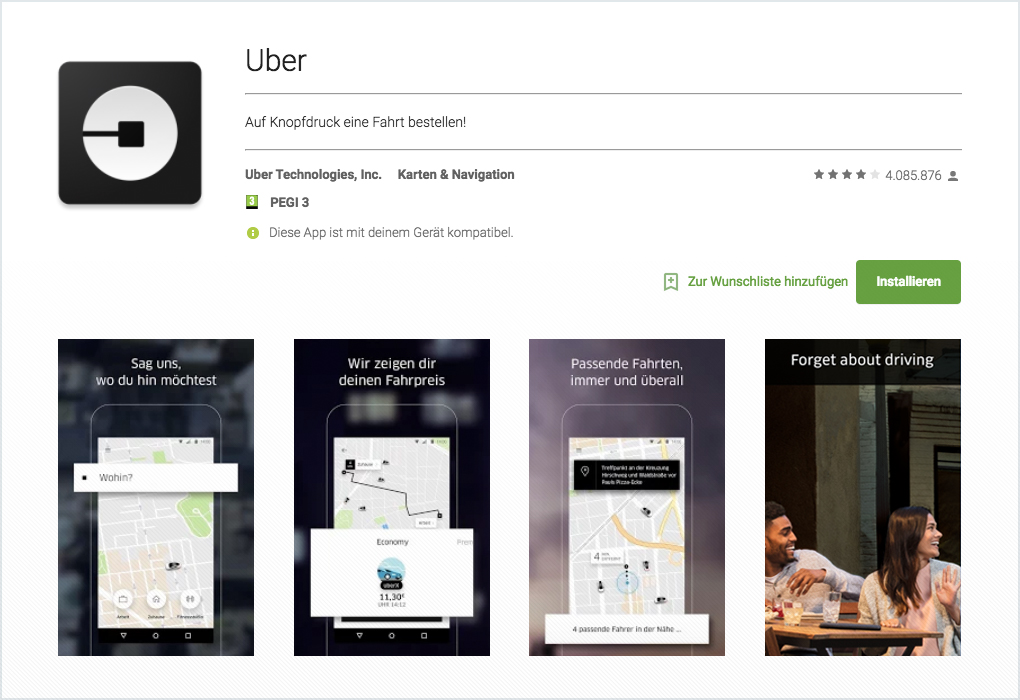
Correct Choice of Traffic Sources for the App
To choose user acquisition sources, the AppsFlyer Performance Index from AppsFlyer will be most helpful – it provides you with a list of best app installation sources based on retention, the average number of sessions per user, and the return on investment.
During a soft launch or the first promotional campaigns, we would recommend using no more than 5 app installation sources.
Read more: RFM Analysis for Customer Segmentation
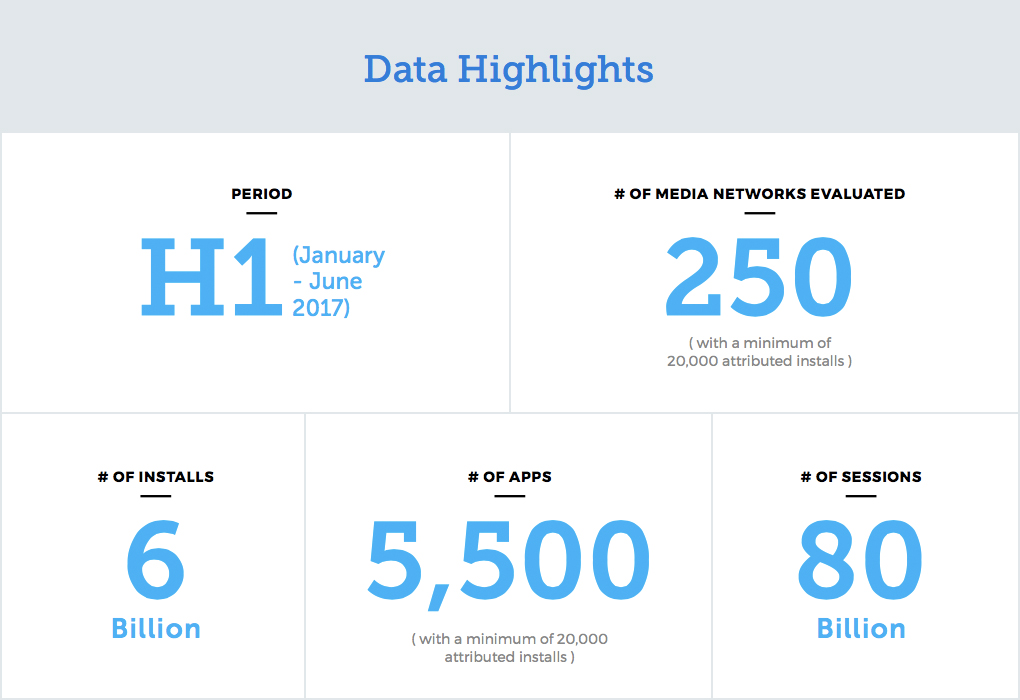
Before launching a campaign in a given advertising network, try to connect with their support and learn the following things:
- What is the minimal advertising budget with which you can enter the given network?
- Who are the publishers? In which countries do they have the largest range?
- Which settlement formats and models do they accept?
- Will you know exactly where your ads are displayed, or will the publisher simply be a number in the system?
- How do they detect fraud?
- How do they cooperate with attribution platforms, and do they accept returns, for example if the attribution platform does not detect fraud, which you then later detect based on data provided by, for example, analytical tools?
When leading installation campaigns for our clients, we often come across frauds (or fake clicks and installations), which you will have to learn to detect. In some mobile advertising networks, the fraud ratio was as much as above 30%.
Currently, the most popular type of fraud is the so-called DeviceID Reset, which costs advertisers between $1.1-$1.3 billion per year.
The subject of fraud and scams connected to app marketing is broad, so we will try to prepare a separate article about it.
Until you have tested the quality of a given source, operate with small advertising budgets.
Read more: How to Switch to Another Analytics System (and Keep the Peace at Work)
Correct Choice of Analytics Tools (In-app User Data, Attribution, Fraud)
When departing on a trek to the mountains, you need to prepare the right backpack, shoes, clothes, and lots of other equipment. Preparing for launching an app promotion campaign is similar.
Due to the number of units participating in the campaign, leading marketing operations for mobile systems is much more complicated than on a desktop computer.
If you plan on advertising a mobile app, you will have to “arm” yourself with the following tools:
- A mobile attribution platform (AppsFlyer)
- An advertising network (publishers)
- A tool to detect frauds (Fraudshield, FraudScore)
- A tool for data analytics (devtodev)
- Excel
In many cases, the data from the attribution platform will be completely different from that of the stores. This is due to differences in methods of counting installations between the stores and attribution platforms. Attribution platforms count an installation the moment the app is launched. The differences in installation data can also result from fraud (App Install Frauds). In the Google Play Store, your app might have 100 installations, while the attribution platform and advertising network might tell that you have 800 (you pay the advertising network, the publisher, and the attribution platform for an inorganic download).
In this case, you will have to quickly react to such events both in the advertising network and the attribution platform.
Many of them have their own systems for detecting fraud, for example AppsFlyer Protect 360, a part of the so-called premium pack.
As for the data you should start with, follow what the App Store and Google Play Store say, not the mobile app attribution platform.
Access to an attribution platform, tools for detecting fraud, and data analytics tools are currently a must-have for every marketer operating within mobile app marketing.
Read more: How to Find a Perfect Analytics Platform for a Game Project
Data Analytics (the User In-app)
A few lines before we mentioned mobile attribution platforms. Platforms such as AppsFlyer and Adjust let you measure the quality of installations from a given source.
One of the bigger problems faced by mobile app developers is user retention, which is why it is important that, throughout the user lifecycle, you monitor Day 1, 7, and 28 Retention.
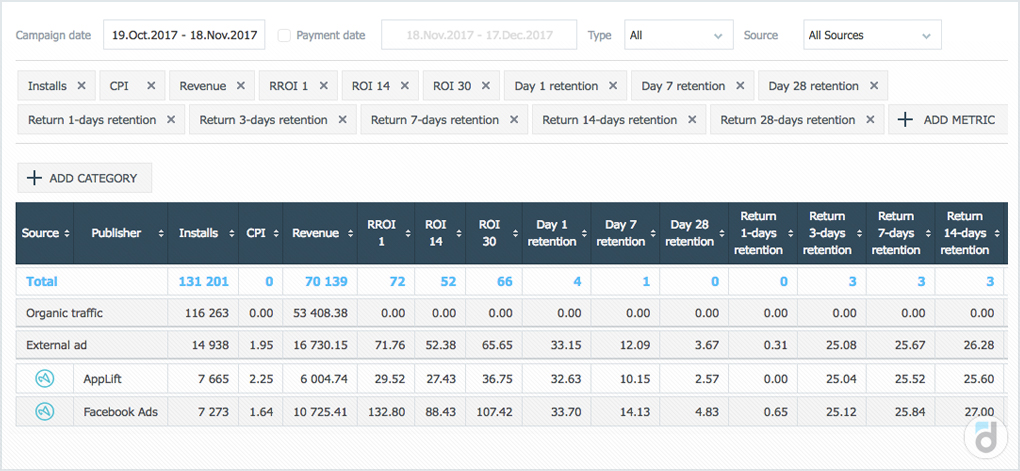
Read more: Mobile App Metrics to Track for Success
Attribution platforms will let you check which advertising network or publisher acquires you the most valuable users (the users who come back most often, who make most purchases in the mobile game, and who register in the app) based on your main KPI.
When releasing a mobile app, start by configuring a few post-events on the attribution platform.
These can, for example, be:
- Registration
- Purchase
- Watching the tutorial
- Completing a level in a game
Don’t create 30 post-events in the app, as it will become way too complicated. Begin working with the events that are basic and essential for your app.
The following must be monitored through a mobile analytics platform and measured with a data analytics tool:
- New users
- Daily number of users in your app (DAU)
- Session length
As you can see, mobile app marketing is a very difficult process, requiring everyday focus, using many marketing tools, and constant data analytics.
